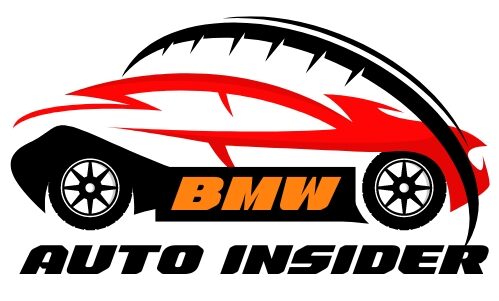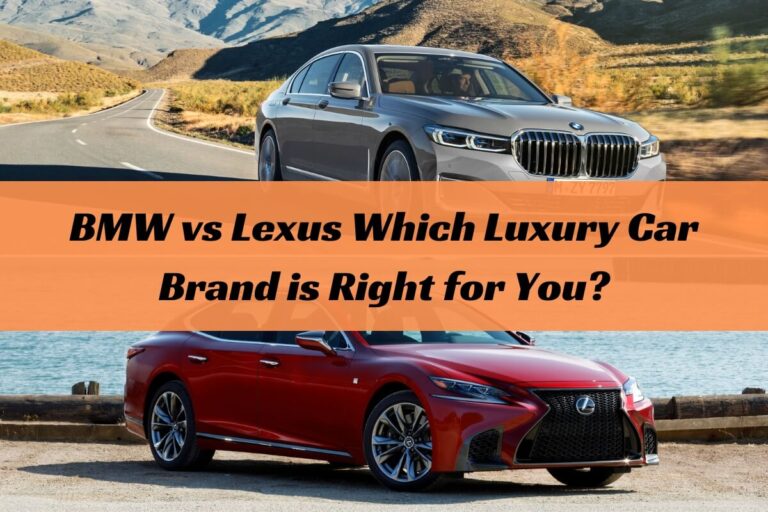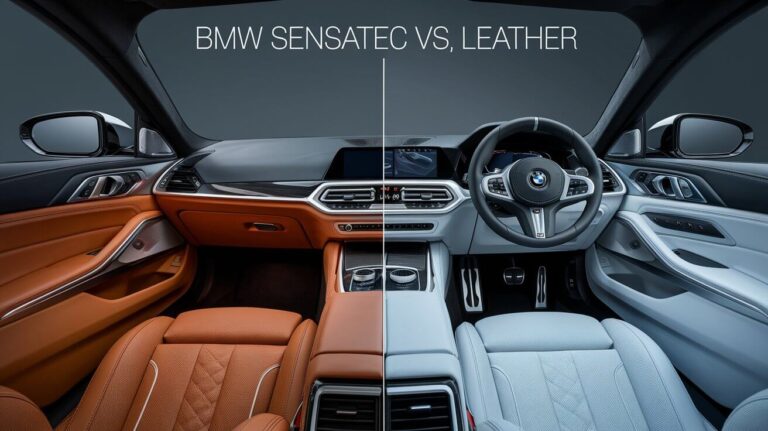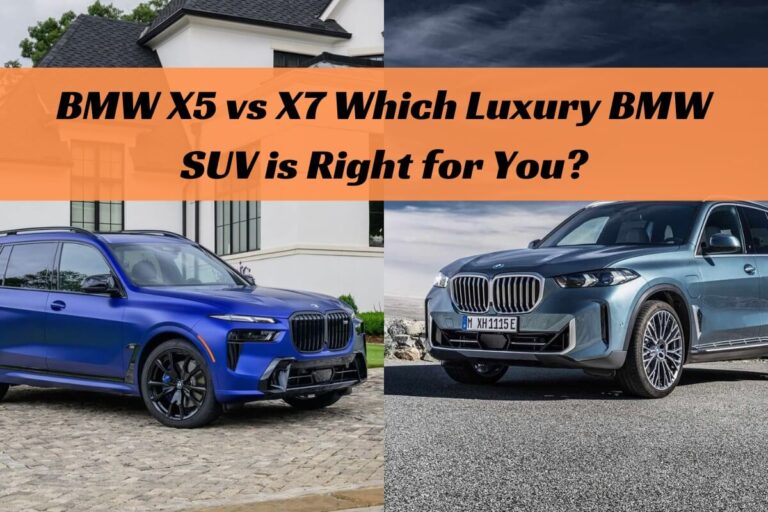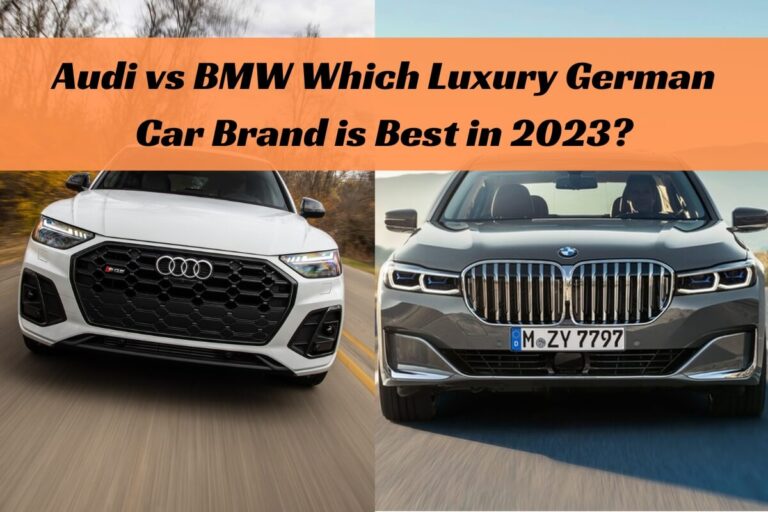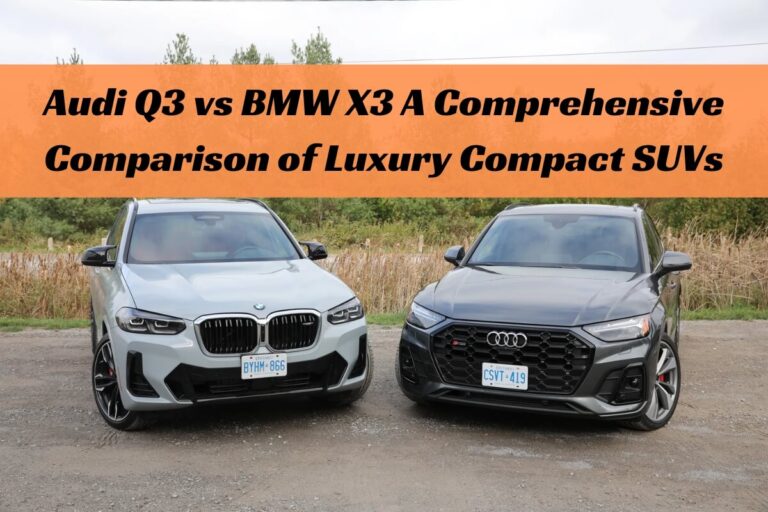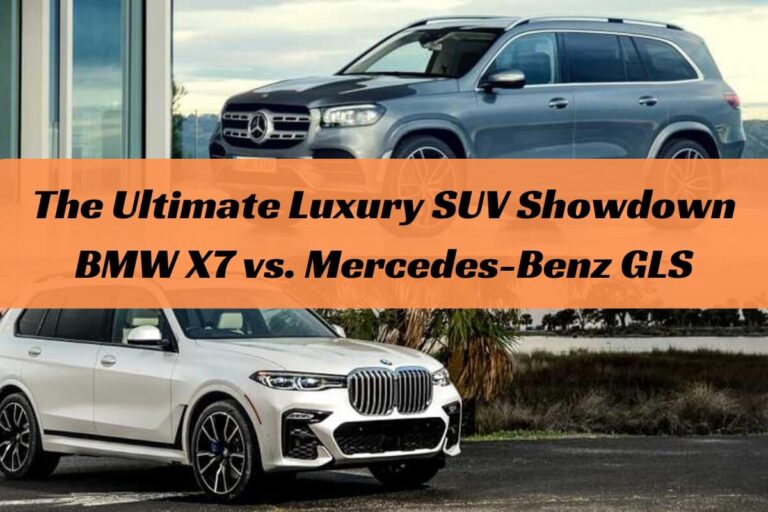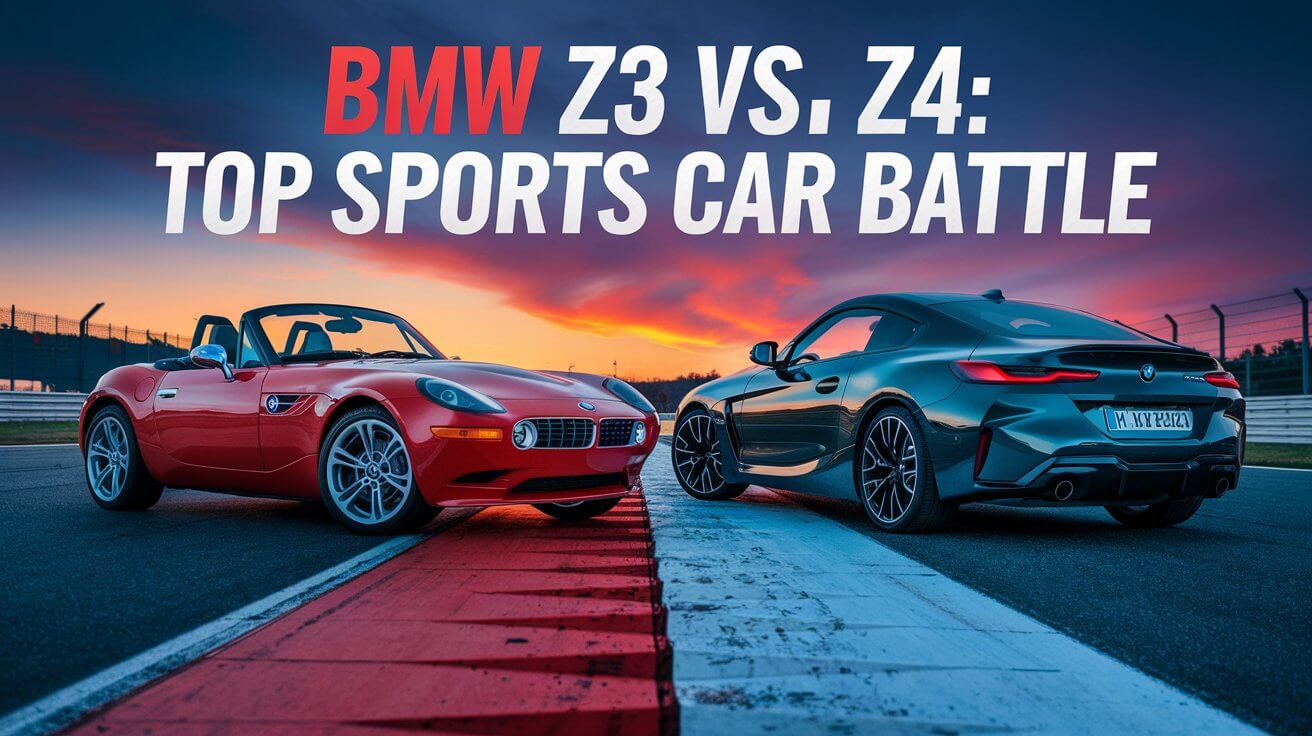
The BMW Z3 and Z4 are both iconic roadsters, but they offer distinctly different driving experiences. The Z3 delivers a raw, classic sports car feel, while the Z4 brings modern refinement and technology. Both cars nail the essence of open-top driving – just in their own unique ways.
This detailed comparison covers everything you need to know about these two BMW roadsters: design differences, engine options, handling characteristics, reliability concerns, and which model might be the right choice for you.
Design Evolution: Z3 to Z4
Classic Z3 Styling Elements
The BMW Z3, produced from 1995 to 2002, sports a timeless roadster design. Its long hood, short deck, and flared fenders give it an athletic stance that turns heads even today. The front features BMW’s signature kidney grilles, flanked by four round headlights – a nod to classic BMWs of the past.
Later Z3 models got wider rear fenders, adding muscle to the car’s appearance. This “wide-body” look became one of the Z3’s most distinctive features. The soft-top design keeps things simple and lightweight, folding neatly behind the seats.
Modern Z4 Design Features
When BMW launched the Z4 in 2002, it marked a bold new design direction. Gone were the Z3’s retro touches, replaced by sharp lines and complex surfaces. The first-generation E85 Z4 featured distinctive “flame surfacing” with dramatic creases along its sides.
The latest G29 Z4, introduced in 2018, continues this modern design language. It’s wider and more aggressive than its predecessor, with larger air intakes and a broader stance. The current Z4 offers a power-retractable hardtop, adding year-round practicality.
Size and Exterior Differences
The Z4 is noticeably larger than the Z3:
- Z3: 158.5 inches long, 68.5 inches wide
- Z4 (current gen): 170.7 inches long, 73.4 inches wide
This growth gives the Z4 more presence on the road but loses some of the Z3’s nimble, compact feel.
Performance Battle: Z3 and Z4 Engine Options
Z3 Engine Lineup and Specs
BMW offered the Z3 with several engine choices:
- 1.9L four-cylinder: 138 hp
- 2.8L six-cylinder: 189 hp
- 3.0L six-cylinder: 228 hp (added in 2000)
- M variants: up to 321 hp (S54 engine)
The sweet spot for many Z3 fans is the 2.8L or 3.0L six-cylinder models. These provide a great balance of power and reliability. The inline-six engines are smooth and responsive, with a satisfying growl when pushed hard.
Z4 Power Plants and Performance
The Z4 lineup evolved with more powerful and efficient engines:
- First gen: 2.5L (184 hp) to 3.0L (255 hp) six-cylinders
- Second gen: Added turbocharged options
- Current gen: 2.0L turbo four (255 hp), 3.0L turbo six (382 hp)
Modern Z4s are significantly faster than their Z3 predecessors. The current M40i model hits 60 mph in just 3.9 seconds – nearly two seconds quicker than the fastest Z3.
Transmission Choices
Z3 options:
- 5-speed manual
- 4-speed automatic
Z4 choices:
- 6-speed manual (earlier models)
- 8-speed automatic (current gen)
- 7-speed dual-clutch (select models)
The Z3’s manual transmission is praised for its mechanical feel, while the Z4’s modern automatics offer faster shifts and better fuel economy.
Driving Experience Differences
Z3 Handling Characteristics
The Z3 delivers an old-school sports car experience:
- Hydraulic power steering with excellent feedback
- Simpler suspension design
- More direct connection to the road
Many drivers love the Z3’s raw feel and predictable handling. The car’s lighter weight and compact size make it feel nimble on twisty roads. However, the chassis can feel less rigid compared to modern standards.
Z4 Road Manners
Z4 improvements include:
- Stiffer chassis
- More sophisticated suspension
- Better weight distribution
The Z4 handles more precisely and offers higher performance limits. It’s more forgiving at the limit and easier to drive fast. Some enthusiasts miss the Z3’s more analog feel, but the Z4’s capabilities are undeniably superior.
Steering and Suspension Changes
Key differences:
- Z3: Hydraulic power steering, semi-trailing arm rear suspension
- Z4: Electric power steering (except M models), multi-link rear suspension
The Z4’s modern setup provides better stability and comfort, while the Z3’s simpler design offers more road feel.
Interior Comfort and Features
Z3 Cabin Space and Equipment
The Z3’s interior is snug and driver-focused:
- Limited legroom and headroom
- Simple, analog gauge cluster
- Basic amenities by today’s standards
Early Z3s had some quality issues with interior materials. Later models improved, but the cabin remains fairly basic. Storage space is minimal, even by roadster standards.
Z4 Interior Updates and Technology
Each Z4 generation brought significant interior upgrades:
- More spacious cabin
- Higher quality materials
- Modern infotainment systems
The current Z4 features:
- Digital instrument cluster
- Large touchscreen
- Advanced driver assistance features
Daily Usability Comparison
For daily use:
- Z3: More challenging due to limited space and comfort
- Z4: Easier to live with, better noise insulation
- Both: Limited trunk space, especially with the top down
Reliability and Common Issues
Z3 Maintenance Concerns
Common Z3 problems:
- Rear subframe cracking
- Cooling system failures
- Interior trim deterioration
- Soft top wear and tear
Most issues are well-documented with readily available fixes. Parts availability remains good due to shared components with other BMWs.
Z4 Problem Areas
Z4 reliability varies by generation:
- First gen: Electric power steering failures
- Second gen: Fuel pump issues
- All generations: More complex electronics to maintain
Newer Z4s benefit from improved build quality but can be more expensive to repair when things go wrong.
Value and Market Position
Z3 Collectibility and Prices
Z3 values vary widely:
- Base models: $5,000 – $15,000
- M Roadsters: $15,000 – $30,000
- M Coupes: $30,000 – $60,000+
The rare “clownshoe” M Coupe is becoming highly collectible. Well-maintained six-cylinder models offer great value for enthusiasts.
Z4 Resale Value
Z4 pricing:
- Early models: $8,000 – $20,000
- Recent used examples: $25,000 – $40,000
- New models: $50,000 – $65,000
The Z4 generally depreciates faster than the Z3 due to higher initial prices and more complex technology.
Practical Ownership Factors
Parts Availability and DIY Repairs
Z3 advantages:
- Simpler mechanics
- Shared parts with E36/E46 3-Series
- Strong DIY community support
Z4 considerations:
- More specialized parts
- Higher repair costs
- Some jobs require dealer-specific tools
Insurance and Running Costs
Typical expenses:
- Z3: Lower insurance, simpler maintenance
- Z4: Higher insurance, more expensive parts
Fuel economy:
- Z3: 20-25 mpg combined
- Modern Z4: 25-30 mpg combined
Both cars require premium fuel and regular maintenance to stay reliable.
Modification Potential
Popular upgrades:
- Z3: Suspension, engine tuning, cosmetics
- Z4: Performance software, exhaust systems
The Z3’s simpler nature makes it more mod-friendly, while the Z4’s modern electronics can limit some modifications.
Choosing between a BMW Z3 and Z4 comes down to personal preferences. The Z3 offers a pure, classic sports car experience, while the Z4 delivers modern performance and comfort. Both cars continue BMW’s roadster legacy, just with different approaches to the open-top driving experience.
